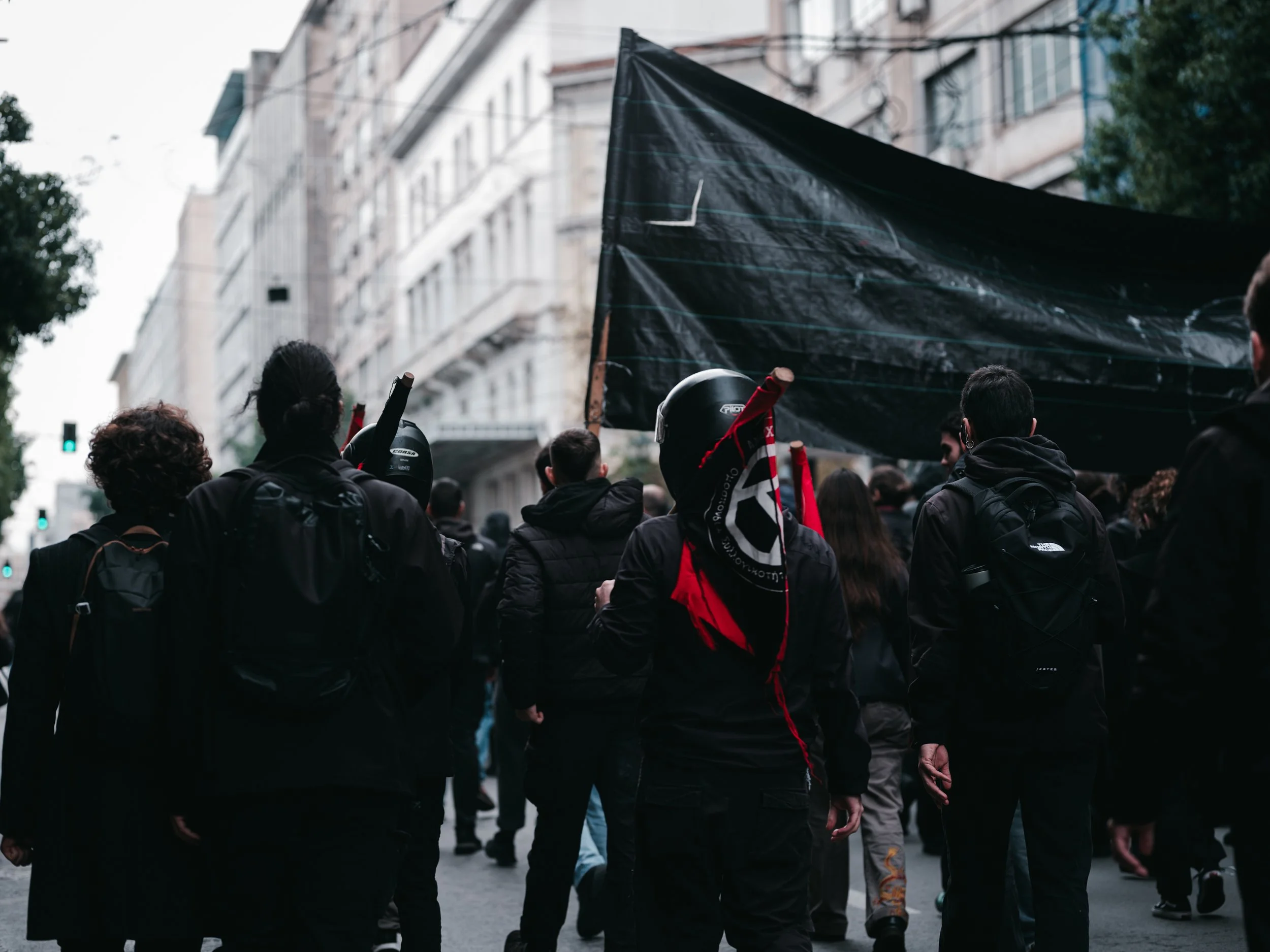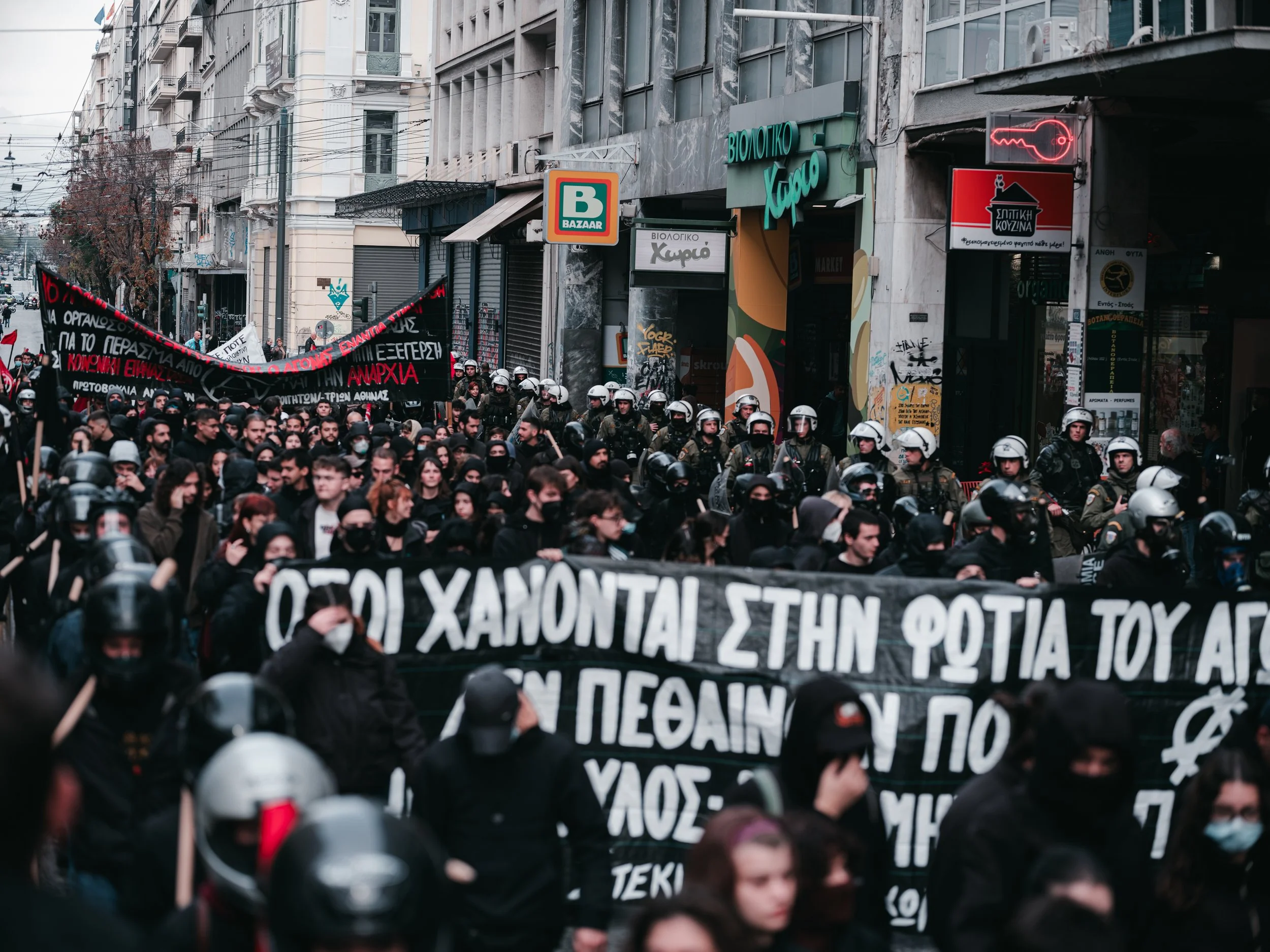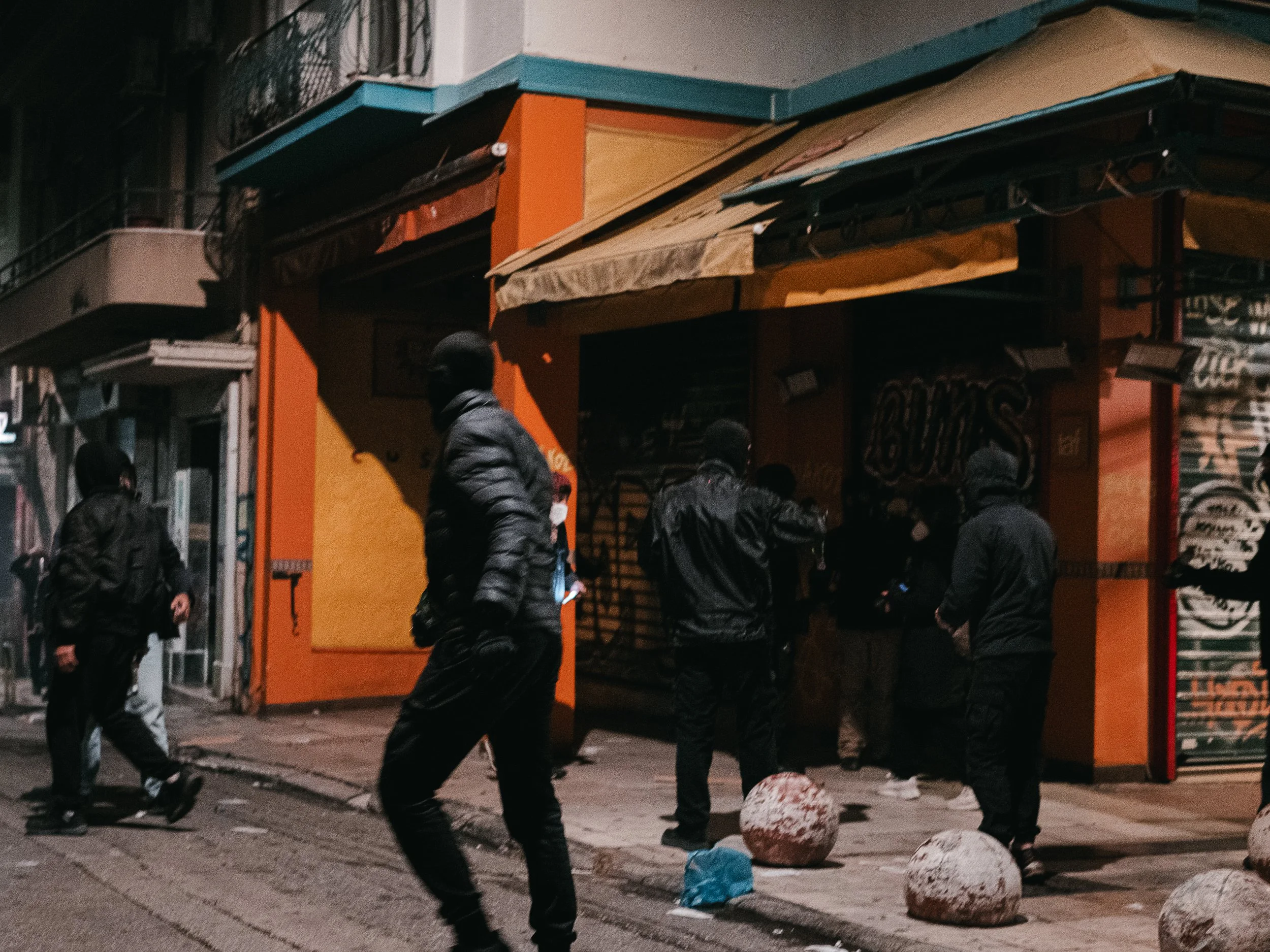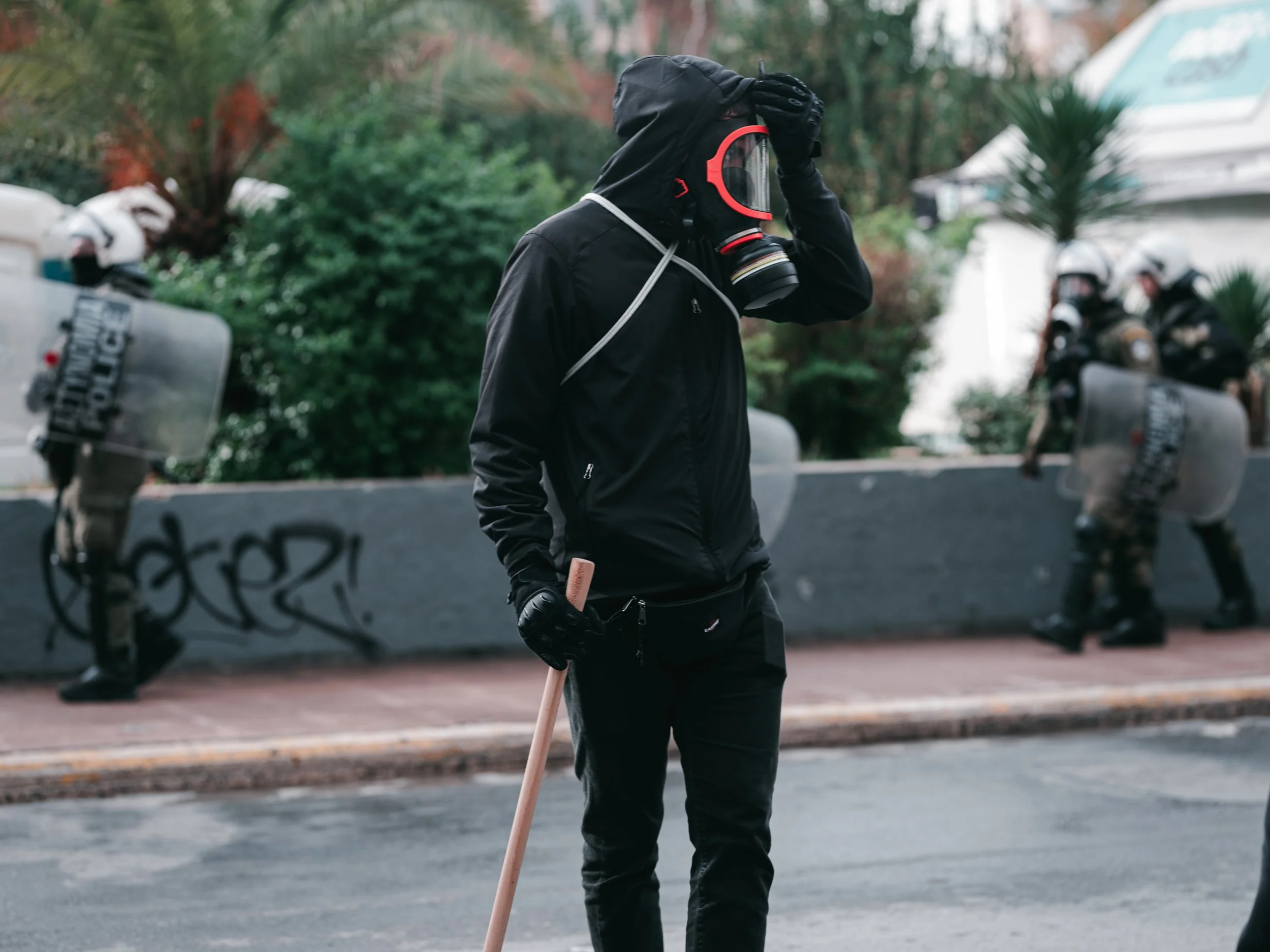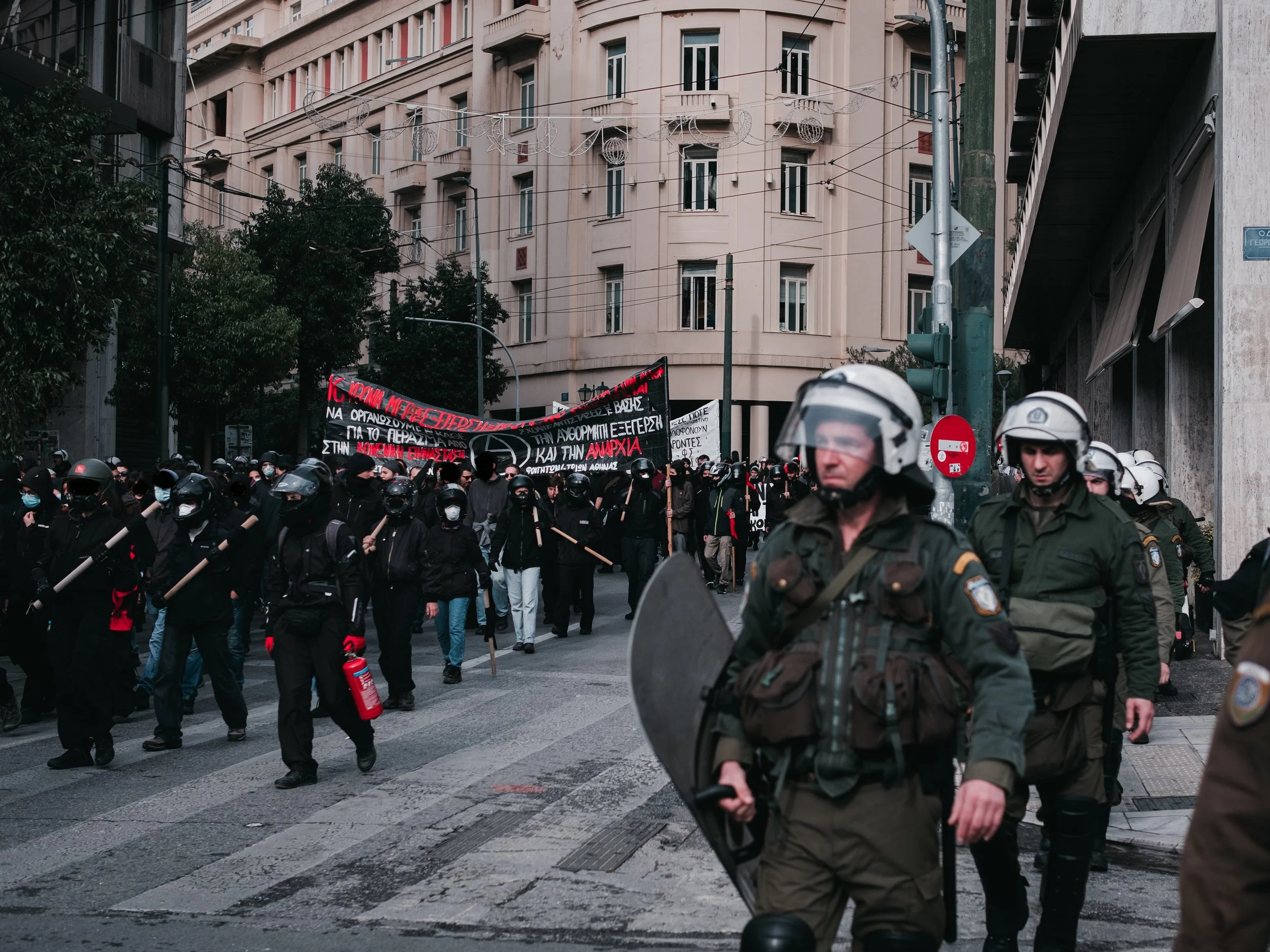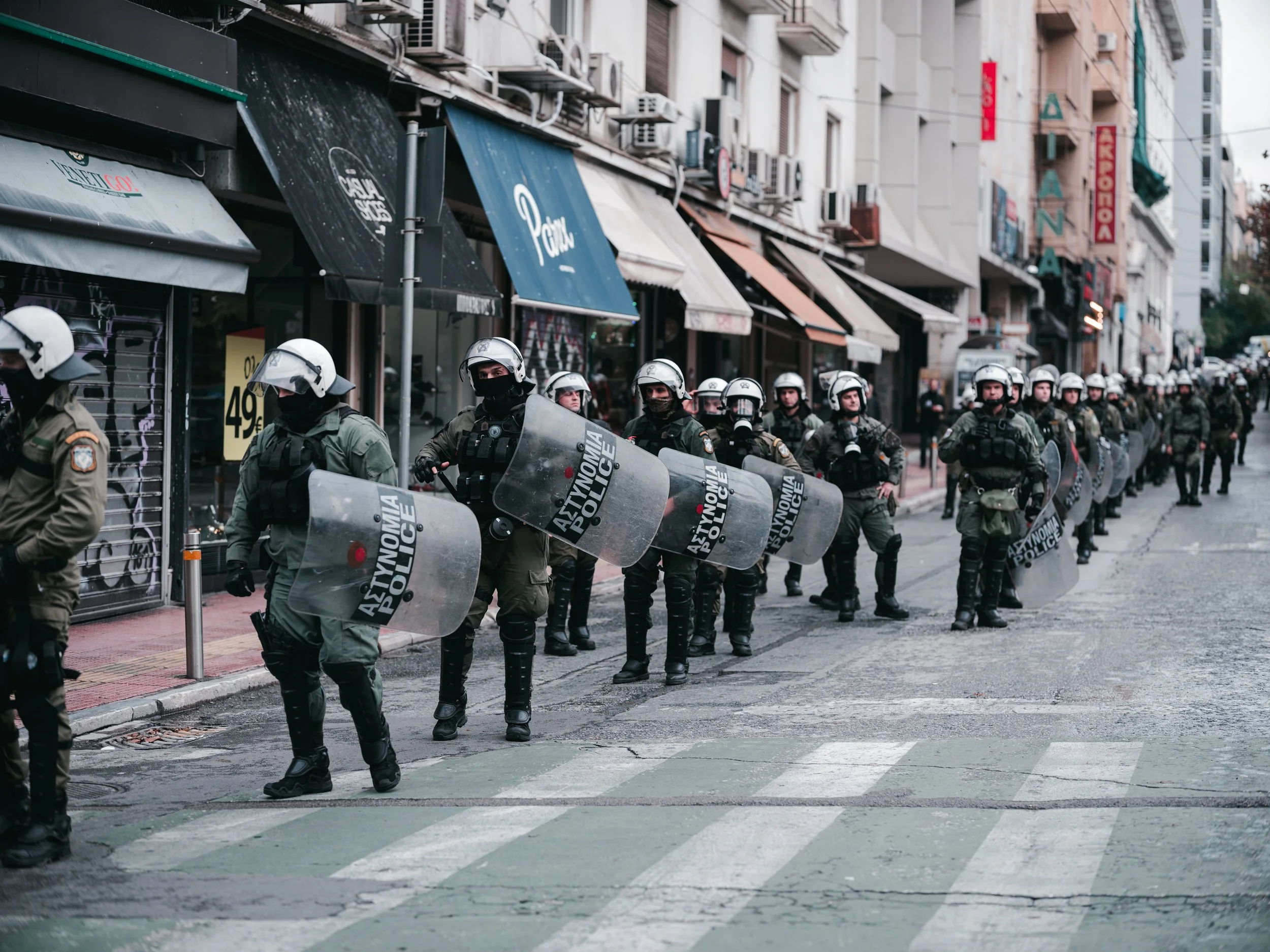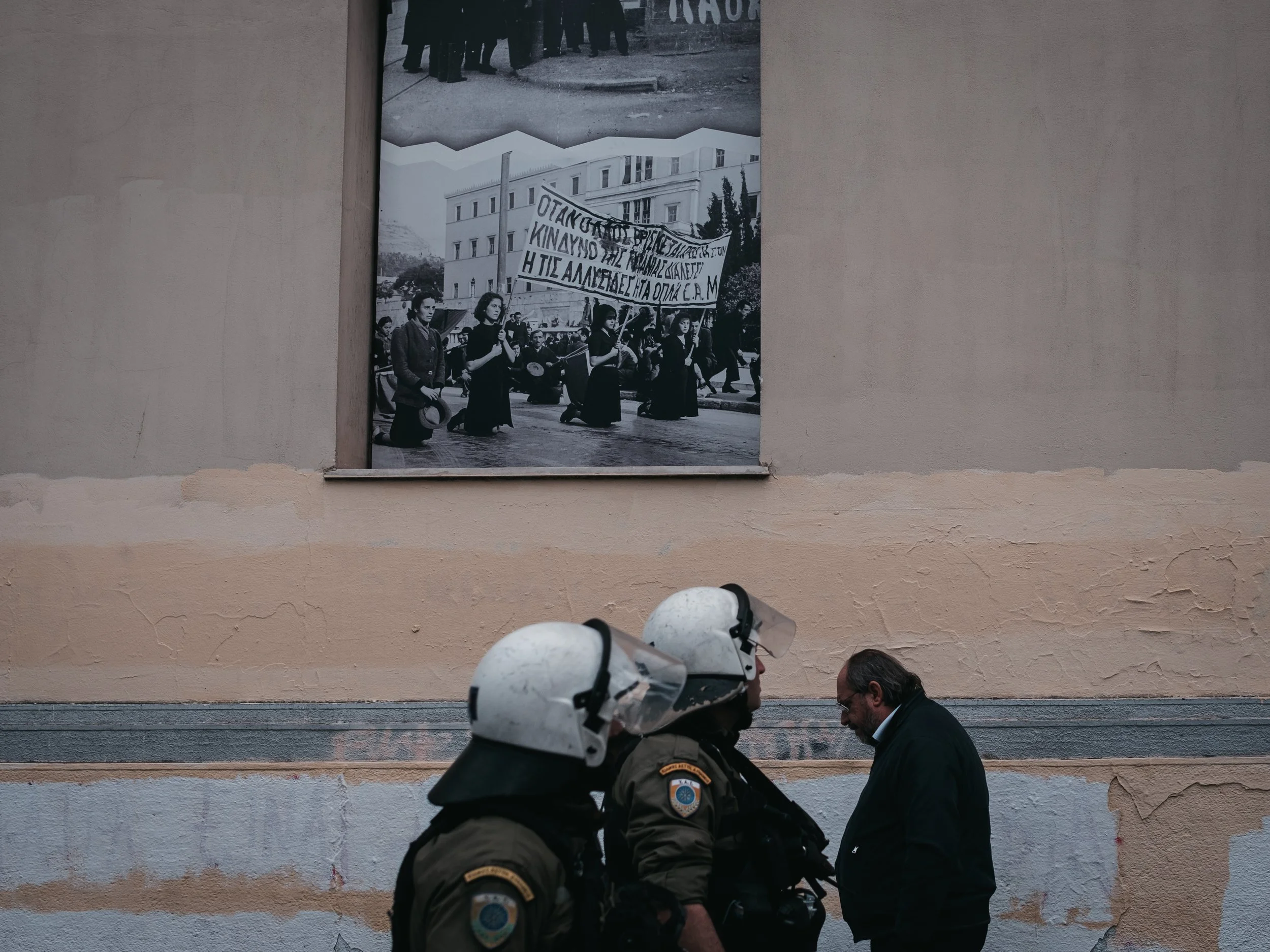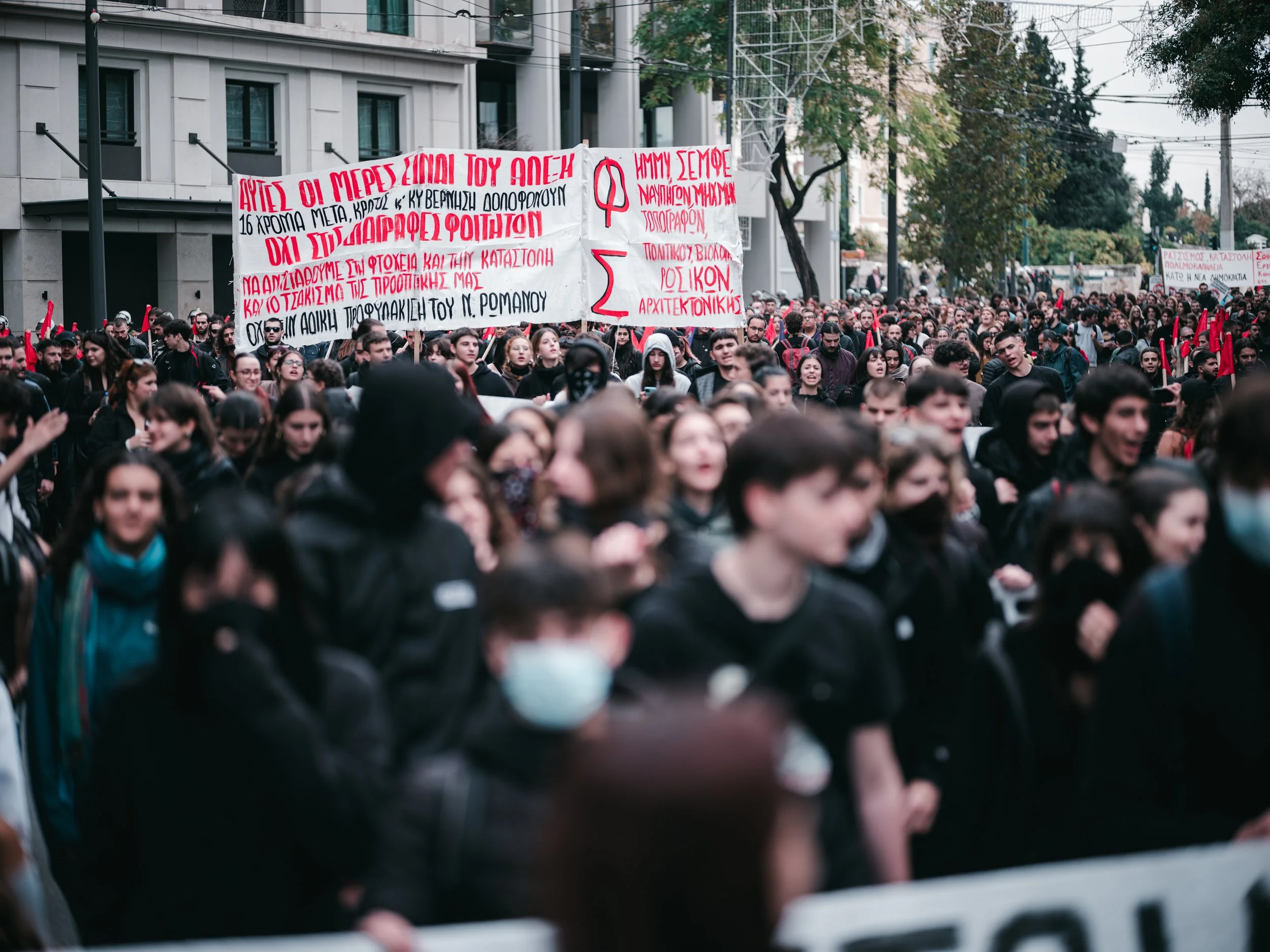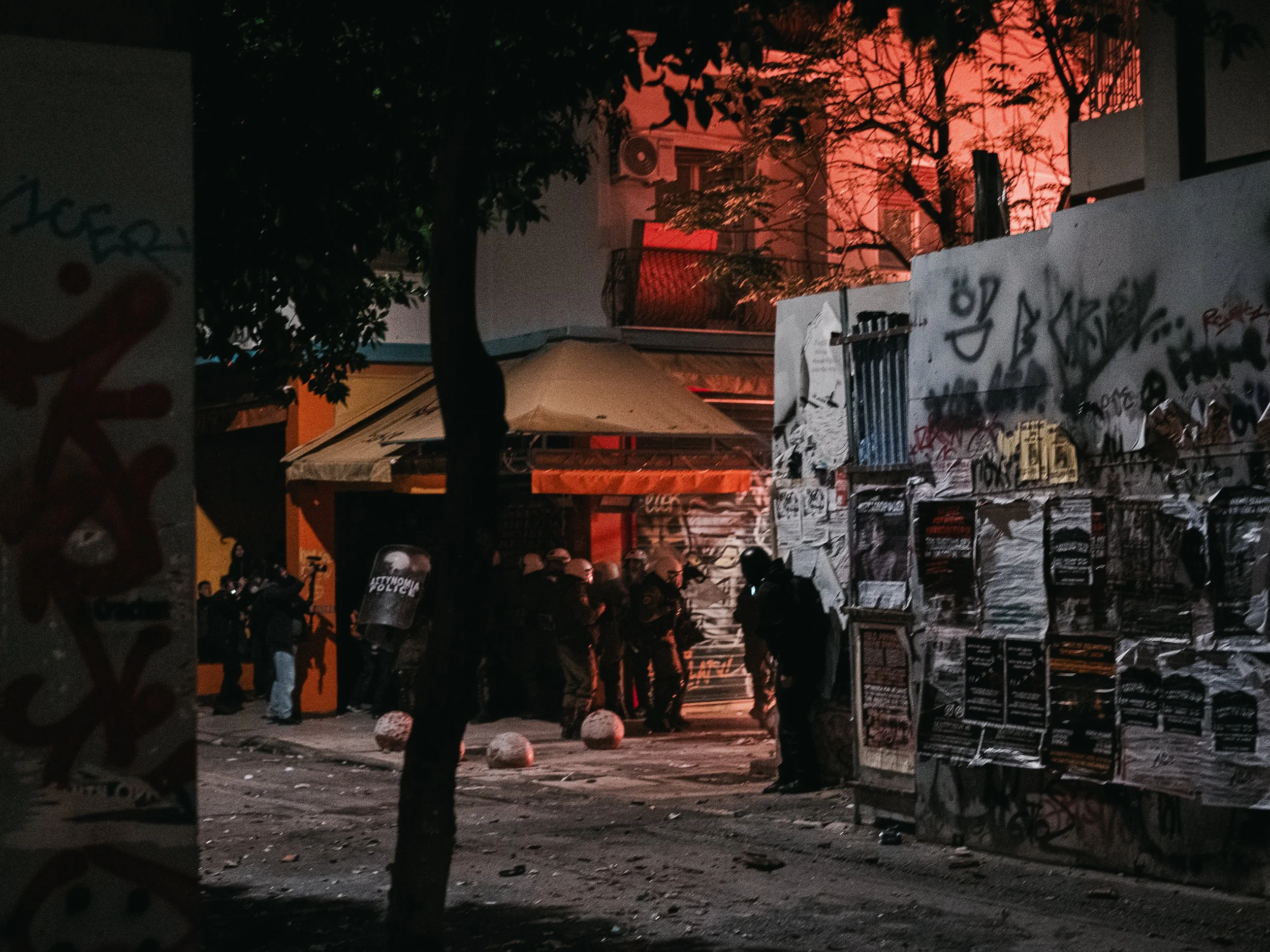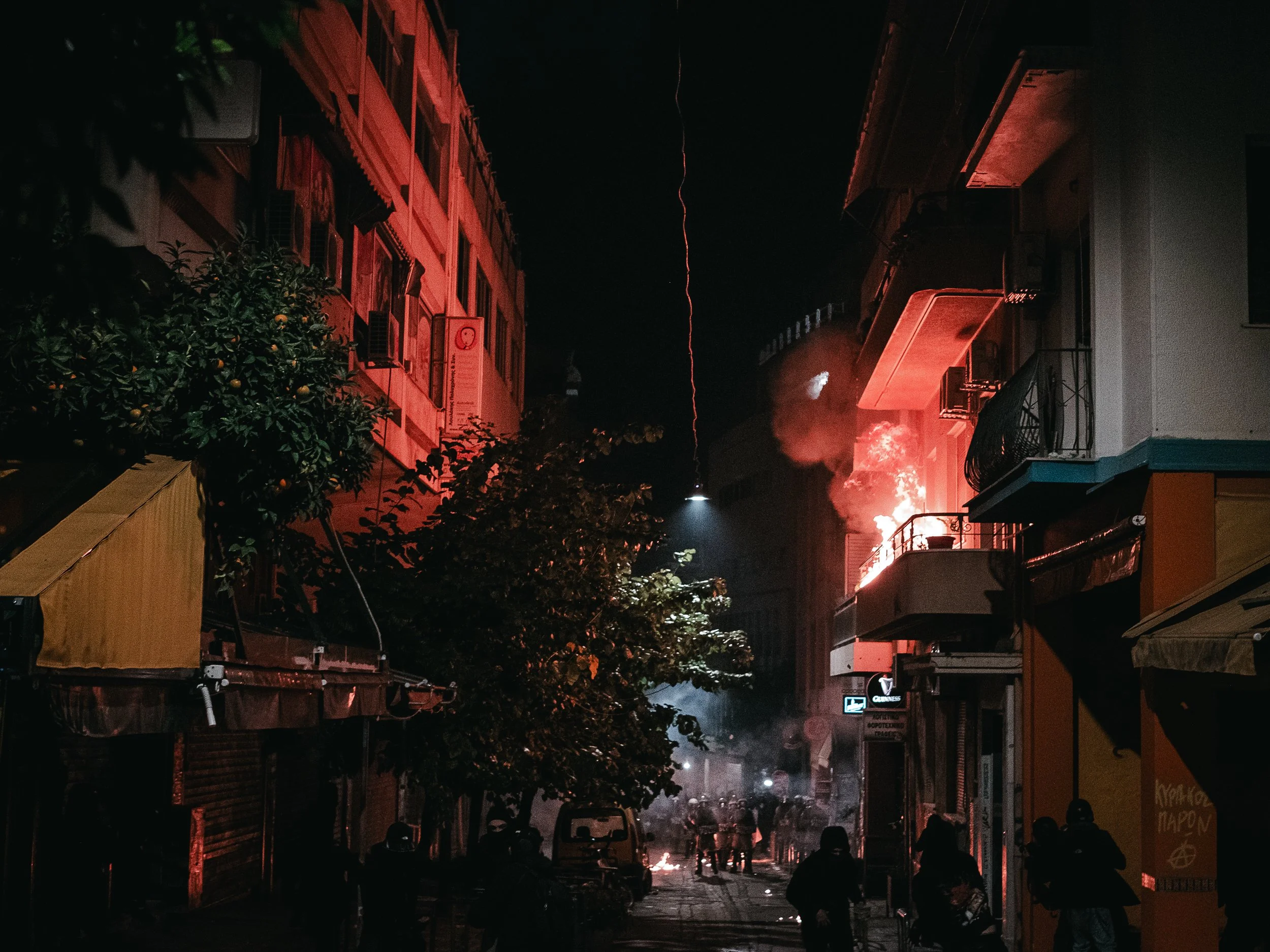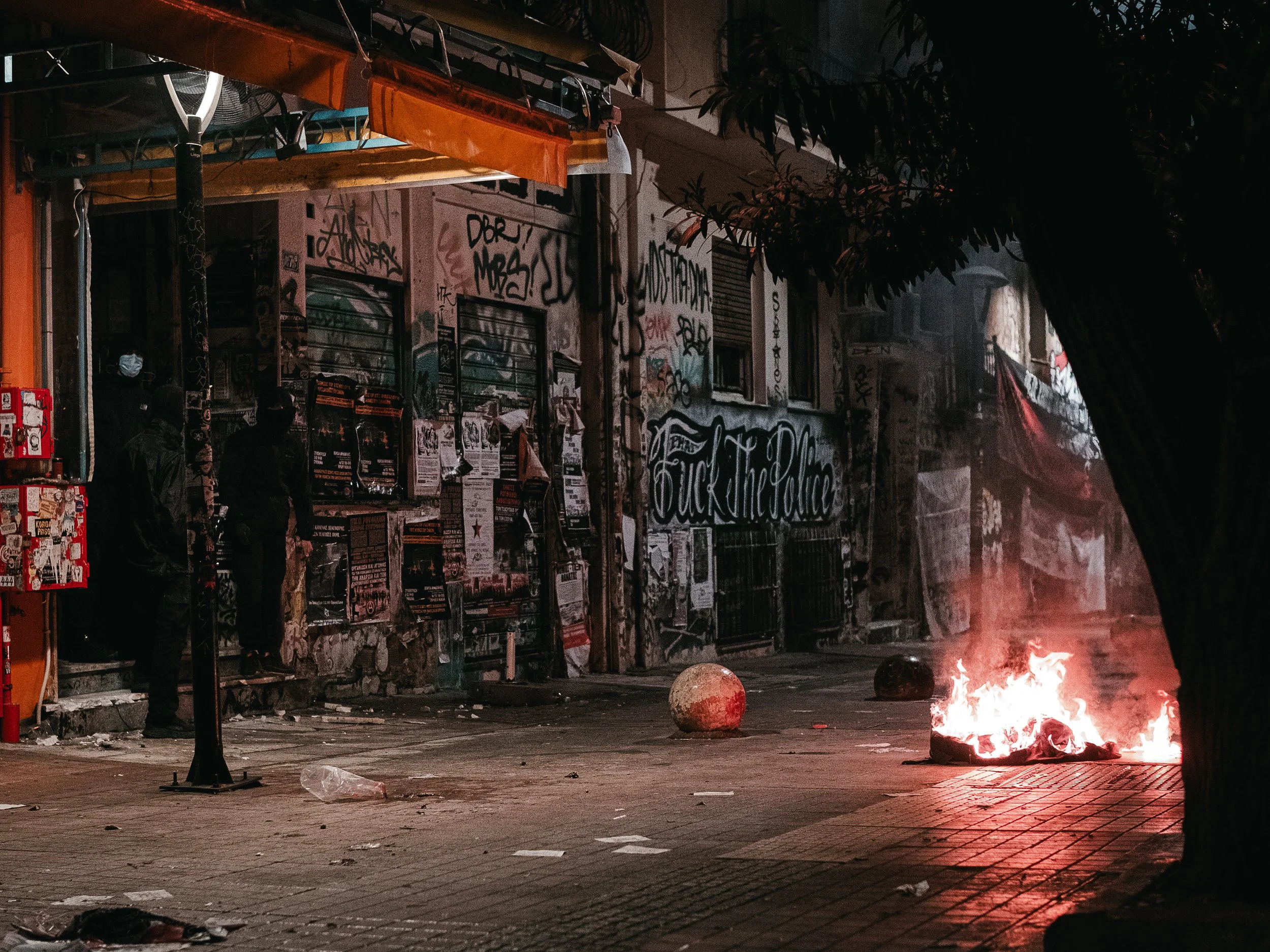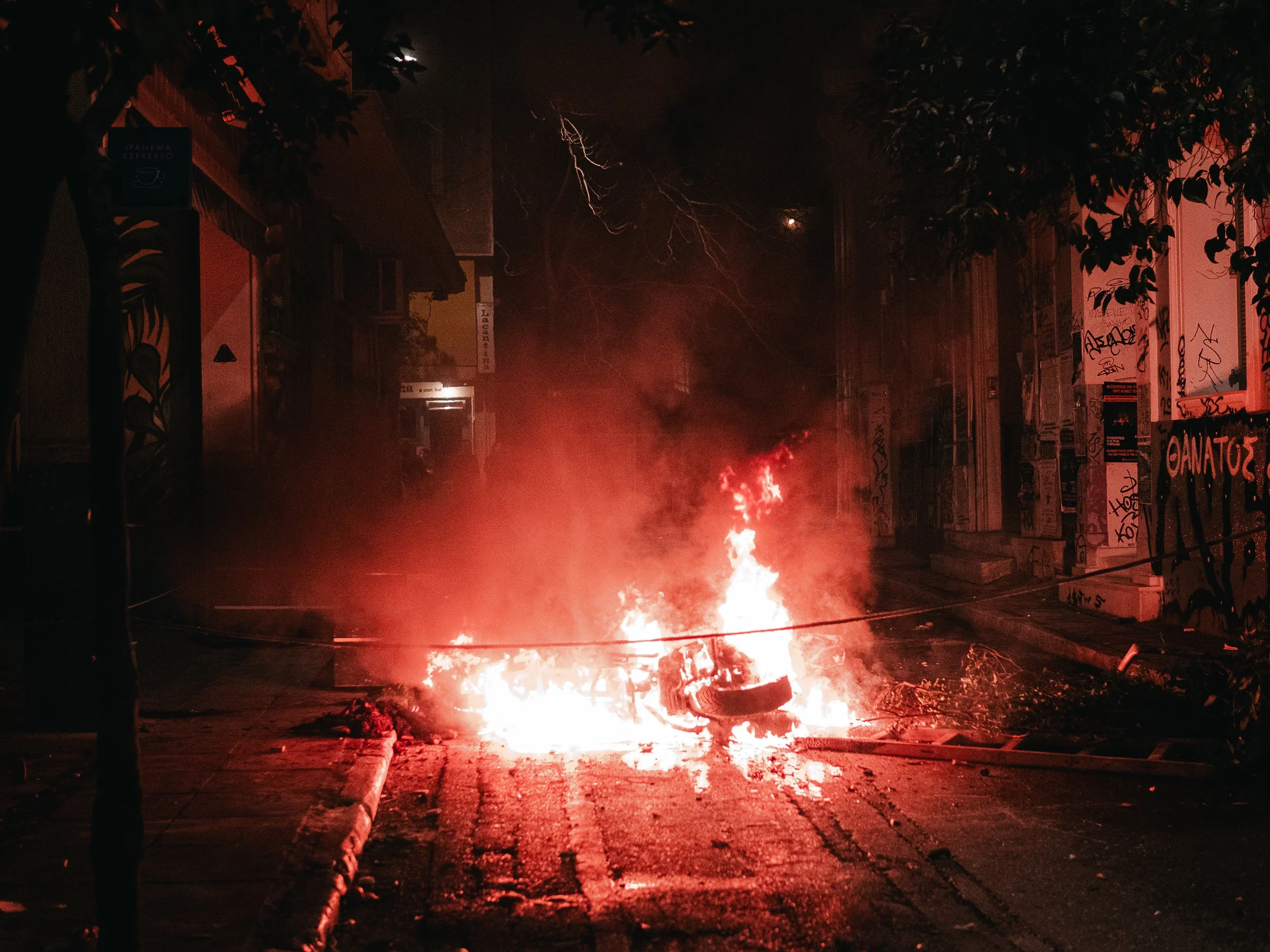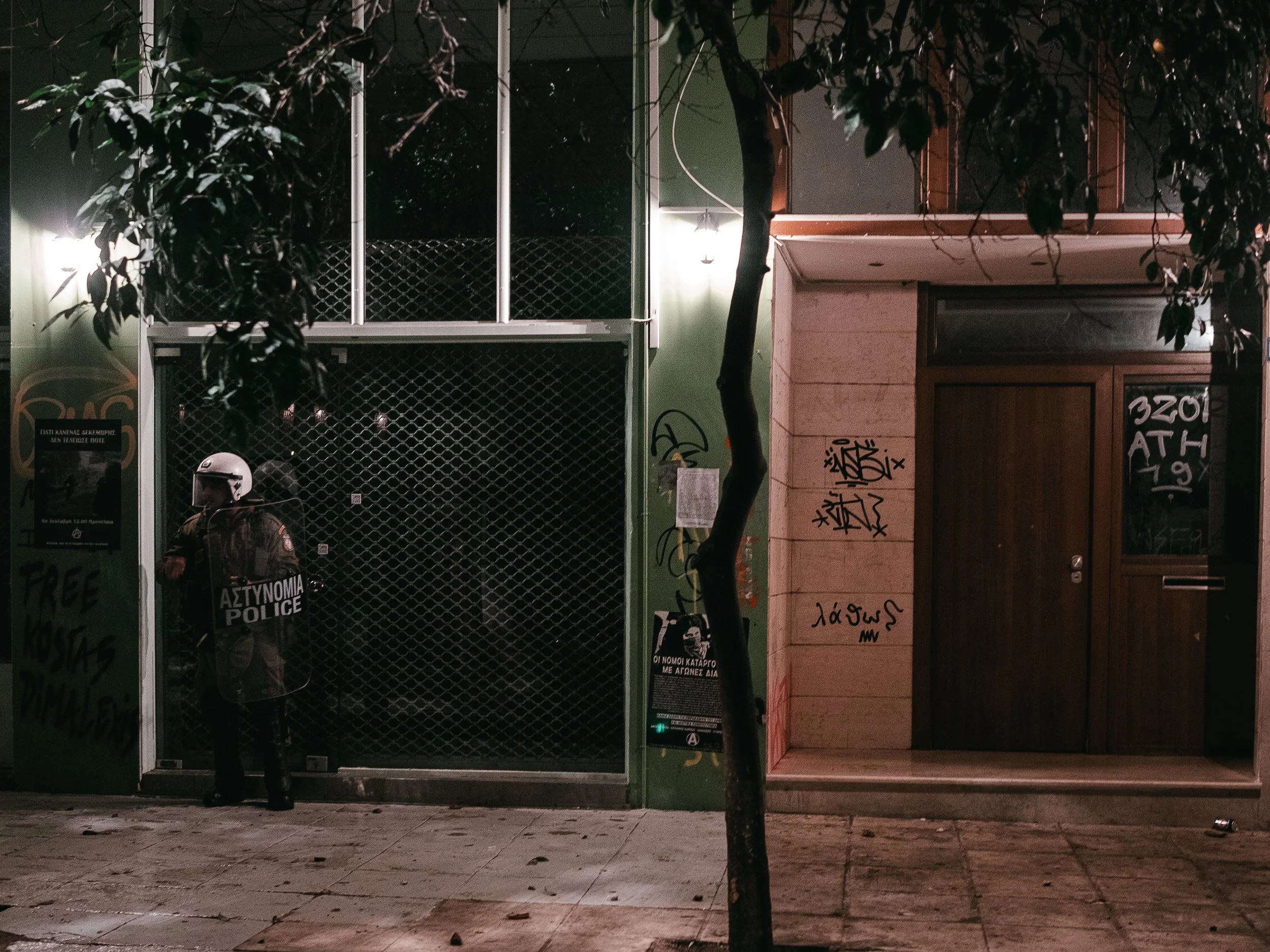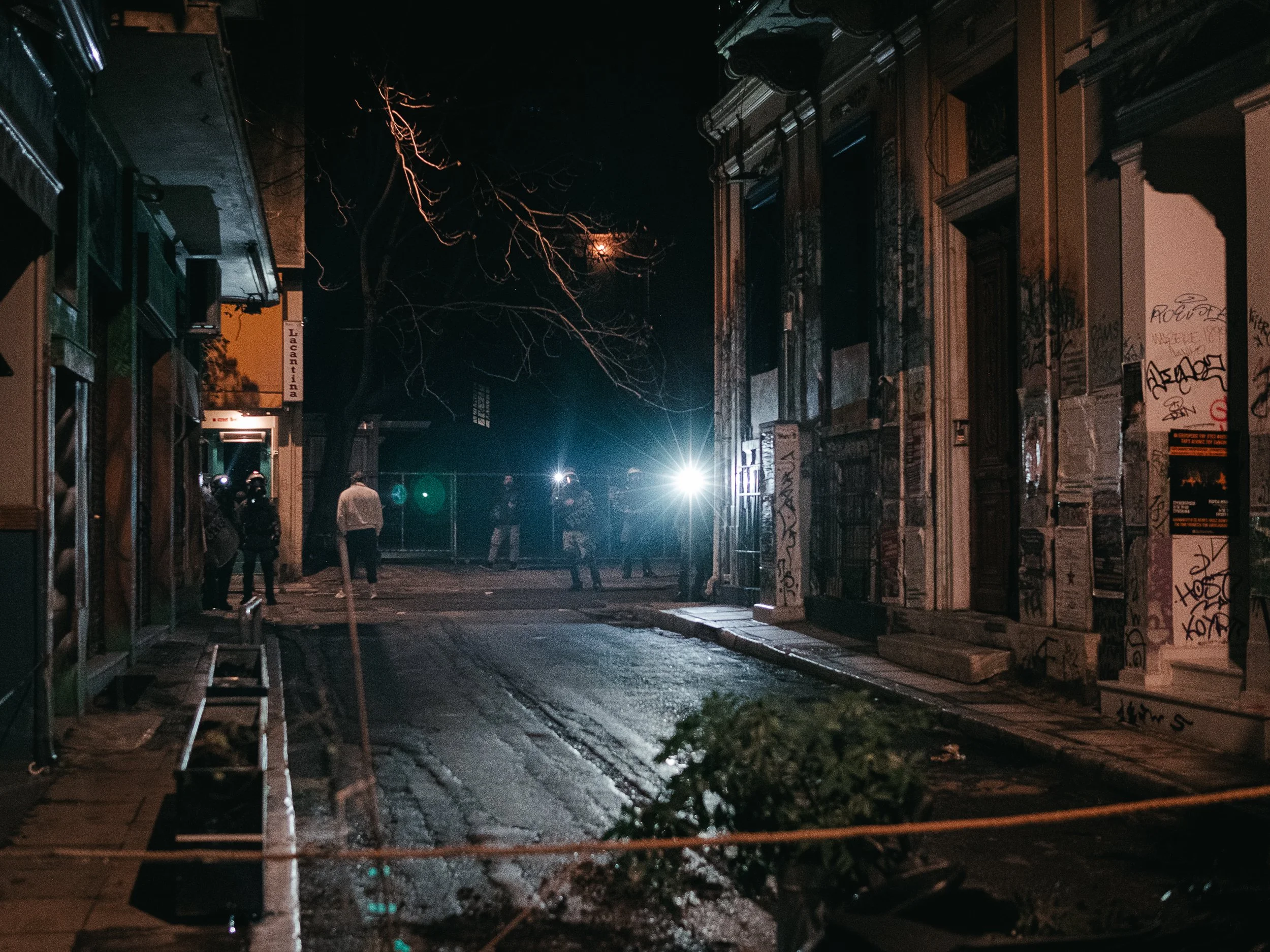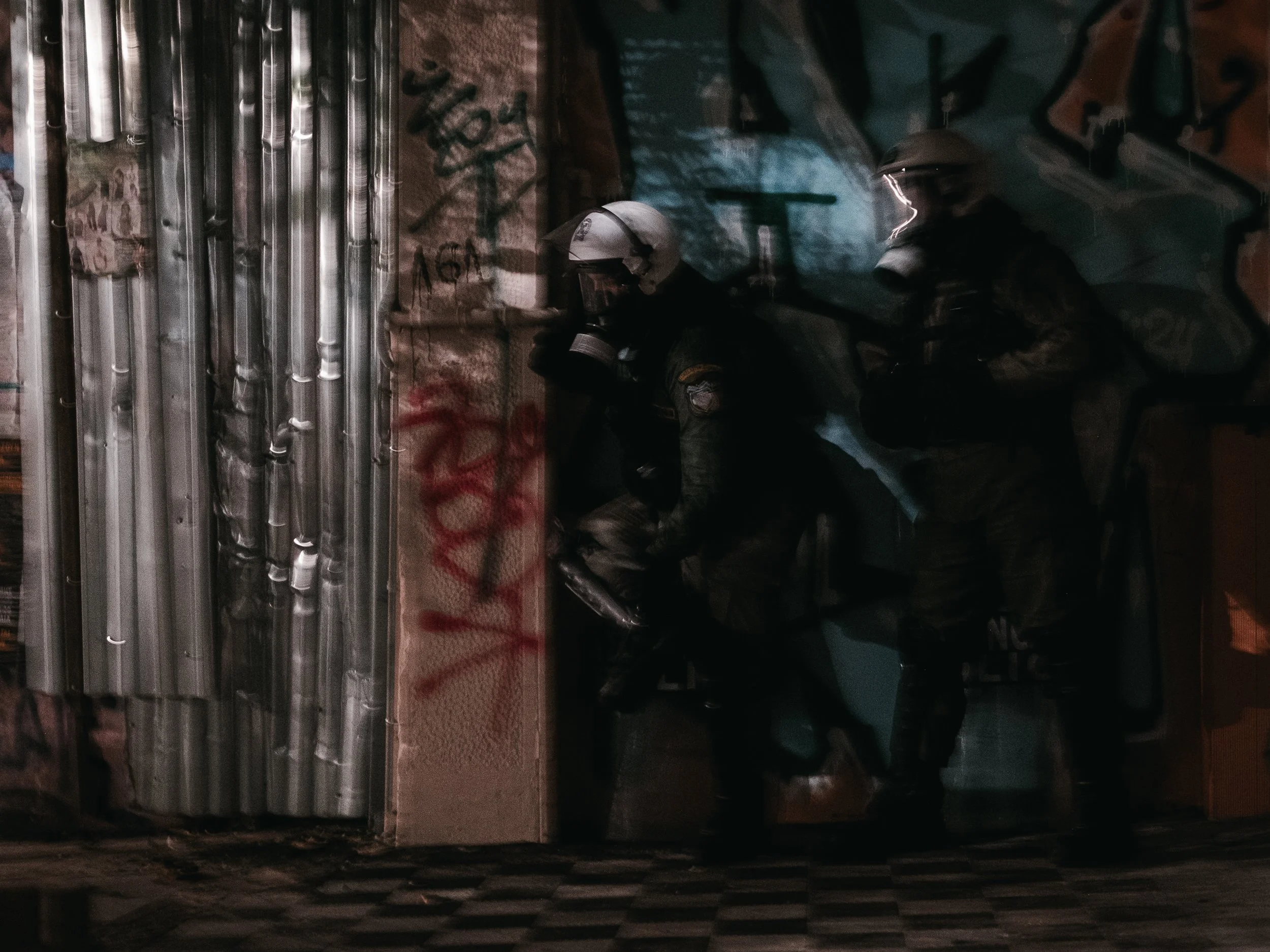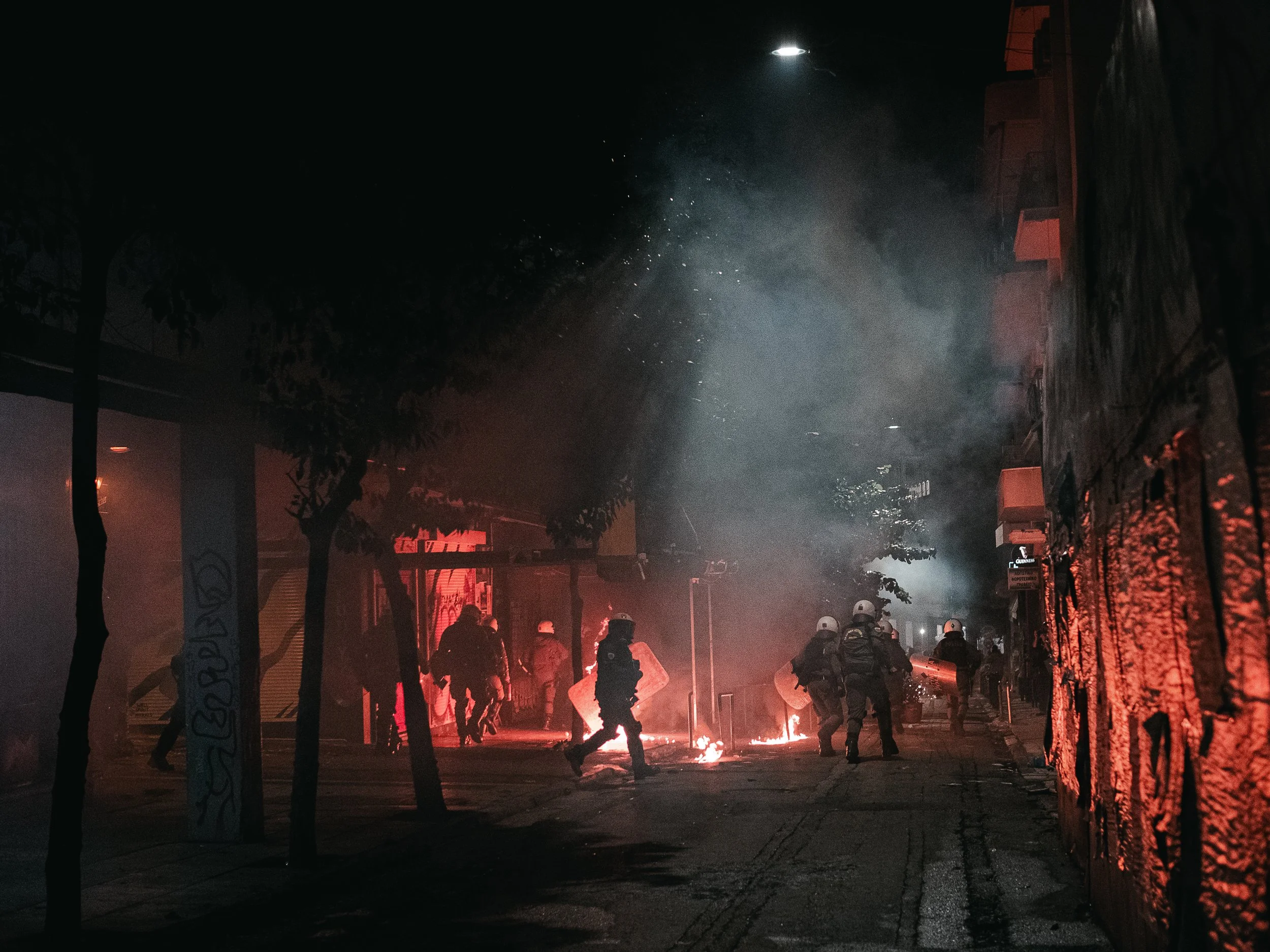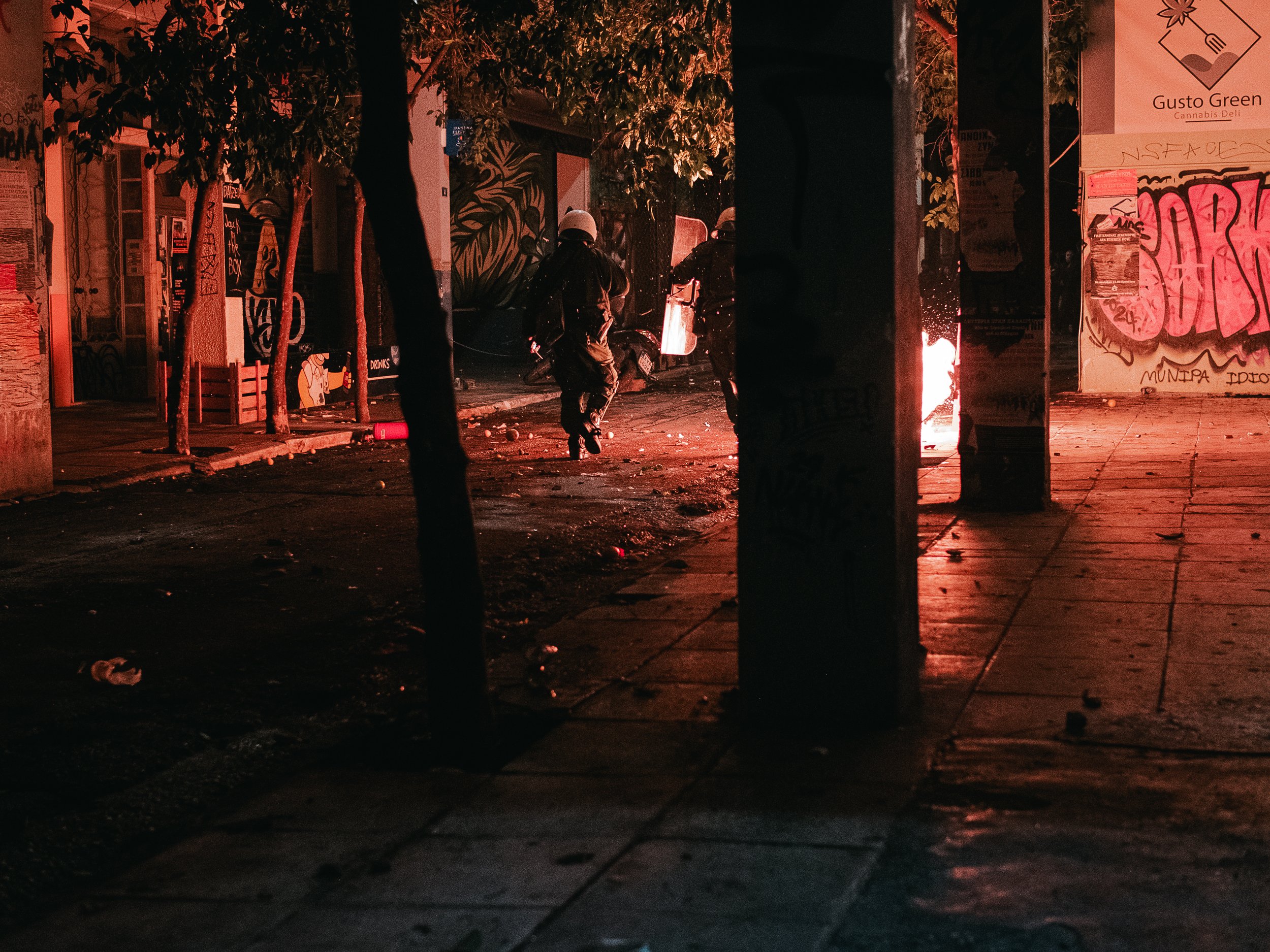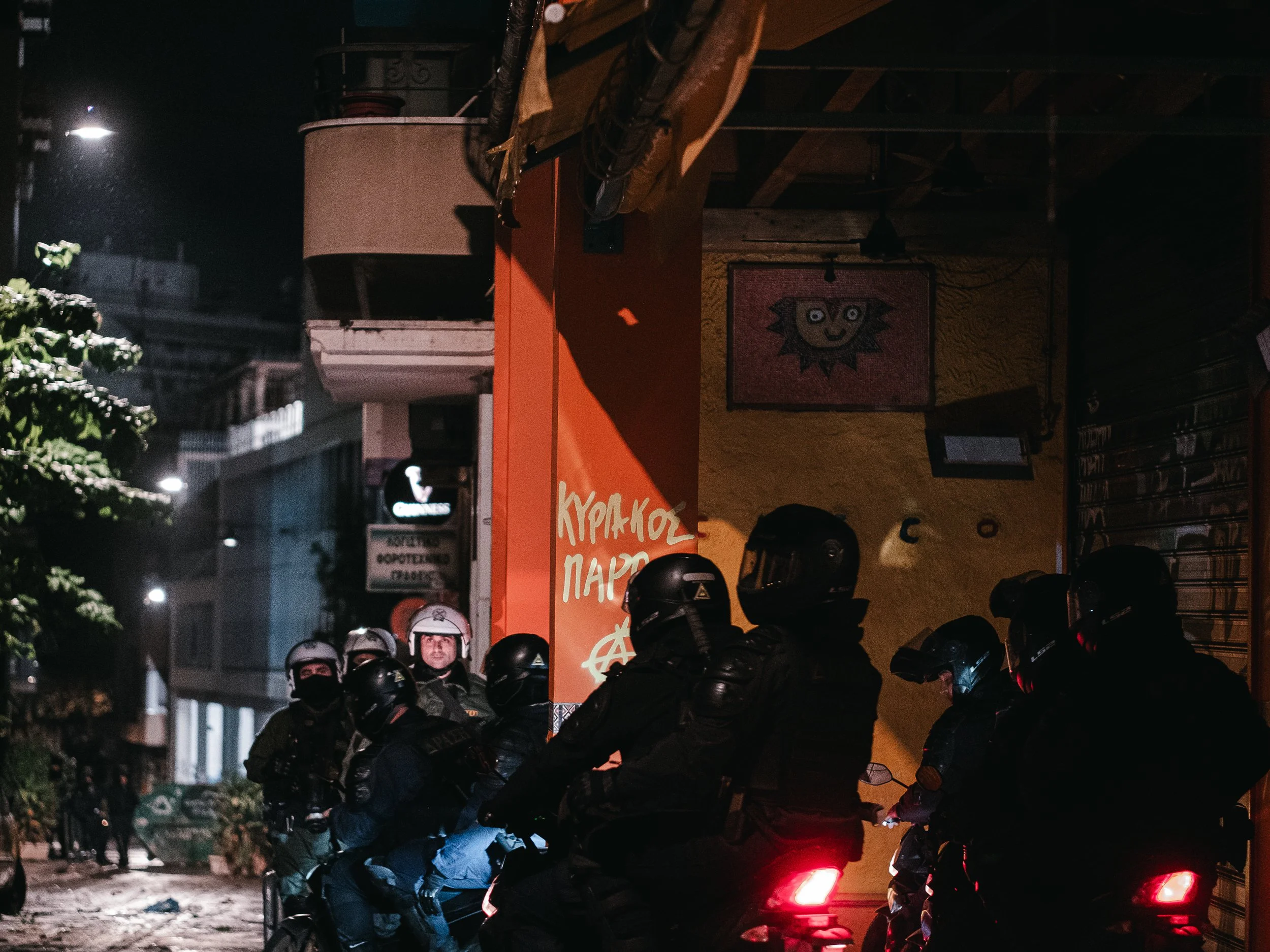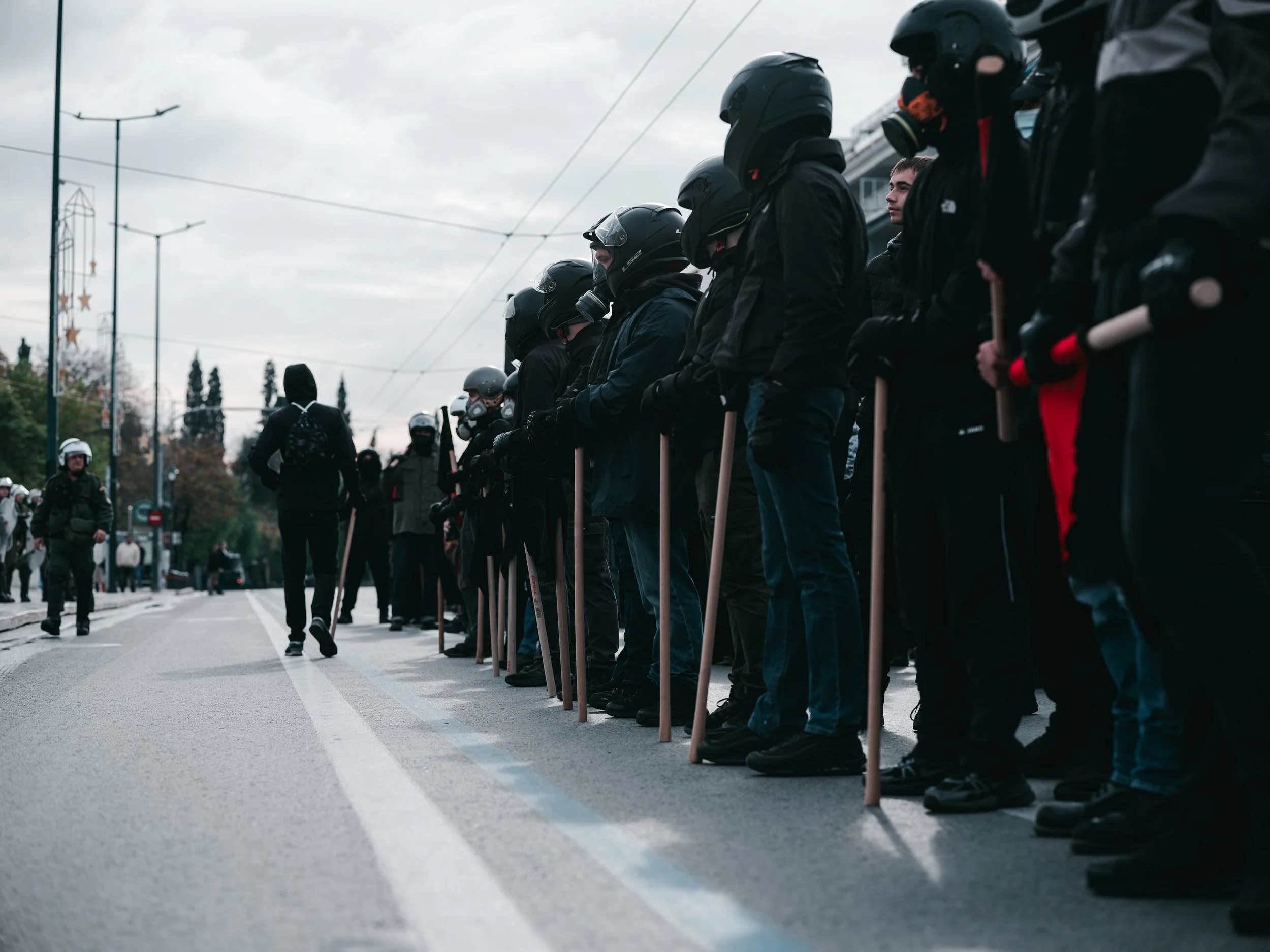
All about Alexis Grigoropolous
All about Alexis Grigoropolous
December 6th marks a dark and significant day in modern Greek history. On this date in 2008, 15-year-old Alexis Grigoropoulos was shot and killed by a police officer in the Exarcheia district of Athens. His murder sparked one of the most intense and widespread uprisings in Greece’s recent history, igniting protests and riots that lasted for weeks and left an indelible mark on Greek society.
The Incident
On the evening of December 6, 2008, Alexis Grigoropoulos and his friends were in Exarcheia, a neighborhood known for its strong anarchist and activist presence. Two police officers, Epaminondas Korkoneas and Vasilis Saraliotis, were patrolling the area when they had a verbal altercation with a group of teenagers, including Alexis. Eyewitnesses reported that Korkoneas, in an act of aggression, pulled out his gun and fired towards the group. One of the bullets fatally struck Alexis in the chest.
Initially, the police claimed that the shot was fired into the air as a warning and had ricocheted before hitting Alexis. However, forensic evidence and witness testimonies contradicted this claim, proving that Korkoneas had directly aimed and shot at the teenager.
The Aftermath and Protests
The killing of Alexis Grigoropoulos was met with immediate outrage. Within hours, protests erupted in Athens and other major cities across Greece. Thousands of demonstrators, mainly young people and students, took to the streets, demanding justice and denouncing police brutality. The protests quickly escalated into riots, with clashes between protesters and law enforcement, widespread vandalism, and arson attacks on government buildings, banks, and corporate offices.
The riots were particularly intense in Athens, where anarchist and leftist groups played a central role in organizing demonstrations. The city center became a battleground, with Molotov cocktails, tear gas, and rubber bullets being exchanged between protesters and riot police. Major streets were blocked, public transportation was disrupted, and several businesses were looted. The unrest spread to Thessaloniki, Patras, and other cities, where similar violent confrontations took place.
The riots also triggered a wave of student occupations in universities and high schools across Greece, as young people expressed their frustration not only over police violence but also over unemployment, economic hardship, and lack of opportunities. These protests were among the largest in Greece since the fall of the military dictatorship in 1974.
International solidarity demonstrations took place in cities across Europe and beyond, including London, Paris, Berlin, and New York, where activists expressed their support for the Greek youth and condemned police brutality worldwide.
Ongoing Riots and Protests (2009-2024)
The events of December 2008 left a lasting mark on Greek society, and every year on the anniversary of Alexis Grigoropoulos’s death, riots and protests continue to erupt. The annual December 6th demonstrations are characterized by mass gatherings, marches, and often violent clashes between protesters and police forces, particularly in Exarcheia and central Athens.
In subsequent years, Greek authorities increased security measures in anticipation of riots, often deploying thousands of police officers, riot squads, and water cannons to control protests. These measures, however, have not prevented outbreaks of violence. Protesters continue to throw Molotov cocktails, set barricades on fire, and target government buildings, while riot police respond with tear gas, stun grenades, and mass arrests.
During the Greek financial crisis (2010-2018), the annual December riots took on additional significance, merging with anti-austerity protests. Protesters drew parallels between the state repression that led to Alexis’s death and the broader social and economic oppression faced by Greek citizens under harsh austerity measures imposed by international creditors. The 2012 protests, in particular, were among the most violent, with large-scale destruction in central Athens, including the burning of historic buildings.
In the wake of increasing police violence in Greece, protests on December 6th have remained a focal point for anarchist and leftist movements. In 2019, when Epaminondas Korkoneas was released from prison following his sentence reduction, mass protests reignited in several Greek cities, with renewed calls for justice. Protesters viewed his release as further evidence of state impunity and a judicial system that favors law enforcement over citizens.
The COVID-19 pandemic in 2020 led to a brief suspension of large-scale riots due to lockdown measures. However, in 2021, riots returned with renewed intensity, as public dissatisfaction with government policies—ranging from police brutality to economic struggles—boiled over.
In recent years, the Greek government has intensified its crackdown on anarchist groups, particularly in Exarcheia, which has been a historical hub for anti-authoritarian movements. Increased police presence and controversial anti-protest laws have led to even greater tensions, with protesters continuing to see December 6th as a day of resistance and remembrance.
Legal Proceedings and Conviction
The murder case went to trial, and in 2010, Epaminondas Korkoneas was found guilty of intentional homicide and sentenced to life imprisonment. His partner, Vasilis Saraliotis, was convicted as an accomplice and received a lesser sentence. However, in 2019, Korkoneas’s life sentence was overturned on appeal, reducing his term to 13 years, leading to his release from prison. This decision reignited public outrage, with many seeing it as a failure of the justice system to hold law enforcement accountable.
Consequences and Political Impact
The December 2008 uprising had far-reaching consequences for Greek society and politics. The events deepened public mistrust towards the police and government institutions, exacerbating existing frustrations with economic inequality and corruption. The riots foreshadowed the large-scale protests and strikes that would erupt during the Greek financial crisis in the following years.
The uprising also had a lasting impact on Greek youth movements and political activism. The spirit of December 2008 inspired future anti-austerity protests and continued to shape anarchist and leftist movements in Greece. The murder of Alexis Grigoropoulos became a symbol of resistance, with his name frequently invoked in demonstrations against state repression.
In response to the riots, the Greek government initially promised police reforms and increased accountability. However, many activists argue that police brutality remains an issue, as seen in subsequent cases of excessive force against protesters in later years.
Legacy and Ongoing Impact
The murder of Alexis Grigoropoulos remains a symbol of resistance against police brutality and state repression in Greece. Every year on December 6th, commemorative protests take place, often met with heavy police presence. The event continues to resonate with youth movements and social justice activists who fight for human rights and governmental accountability.
Alexis’s death was not just a tragic loss of a young life but also a wake-up call for Greek society, exposing deep-seated issues of police violence and state impunity. His name has become a rallying cry for justice and change, ensuring that his memory lives on in the ongoing struggle for democracy and civil rights.

